Men can be full of @^$#
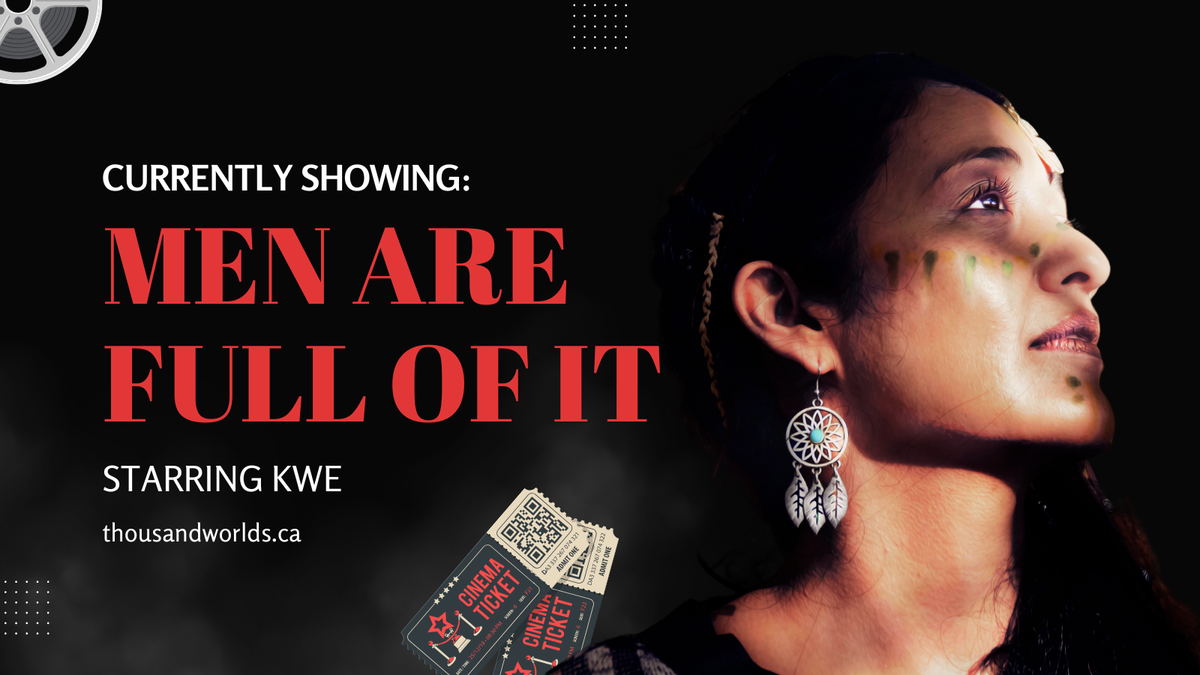
Today we're departing from the stories about Nanaboozho because last week's story about Nanaboozho getting shit on reminded me of Moowas and the young woman who married Dung Man. The word Moowas comes from the Ojibwe word for poop: moo. It also sounds like moo' which means something like to make cry, so a clever bit of wordplay in a story about heartbreak and a man made of poop.
I don't know why so many Ojibwe stories are about butts and poop.
Before we go further, hello to newly signed up members! Paid subscribers help keep the lights on, but anyone can help expand my audience by sharing this post through email or on social media. I am working my way through Ojibwa Texts by William Jones with some additional insights from The Trail of Nenaboozhoo and Other Creation Stories as well as Serpents and Other Spiritual Beings which are stories collected and told by Isaac Murdoch (Serpent River First Nation), and Gii-Nitaa-Aadisooke: Ojibwe Legends from Lac Seul collected and told by Patricia Ningewance (Lac Seul FN). New to the team is The Sound the Stars Make Rushing Through the Sky: The Writings of Jane Johnston Schoolcraft, edited by Robert Dale Parker. Other sources are linked as they come up or included in another section about what I'm reading. By the way, these essays are not meant to be authoritative interpretations, just personal reflections.
Patricia Ningewance tells the story in Gii-Nitaa-Aadisooke where it is called Moowas: the vain young woman who married moowas. It's also in The Sound the Stars Make Rushing Through the Sky: The Writings of Jane Johnston Schoolcraft, a collection of Johnston's writings edited by Robert Dale Parker, where it is called "Moowis, The Indian Coquette" which gives the impression that Moowis is her name and it is not. She's not named in any of these stories, but that isn't unusual. And, of course, it's in this William Jones collection, but you'll have to scroll way down the linked pdf.
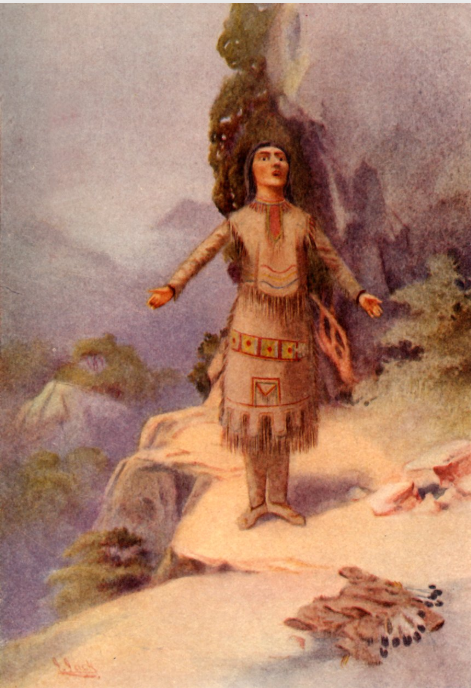
Whatever Moowis is made of, snow, poop, or dirt, he inevitably melts away and leaves his poor bride to pick up him up piece by piece. But I'm beginning at the end, and one should begin at the beginning.
A long time ago there was a beautiful young woman living with her parents. Was she ever beautiful. And skilled. Howah. She could bake a cherry pie quick as a cat could wink her eye. All the young men wanted to marry her, but she did not want to marry any of them. Her brother warns her, you're angering the men.
"Bros before hoes!" the rejected incels say to each other in patriarchal solidarity against this injustice, and they all ease themselves into the hole they dug in the ground. Once the hole was full they set about rolling and patting and marking it with M for Moowas. They dress Dung Man up with all their collective finery and after hoisting it up Weekend at Bernie's style, one of them says the magic words: "are you alive?" and it says "yes, yes I am." They fashion a cane for this dapper fellow and he gets himself a ride to town in an old man's canoe.
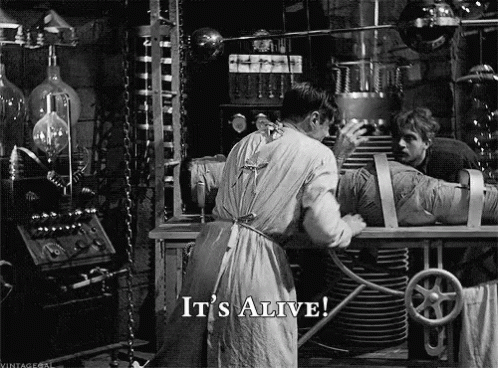
Who is this hottie, the unnamed young woman wonders, and she wishes to marry him. Between the heat from the fire and the passing of time Dung-Man, worst superhero name ever by the way, decides to leave before he gets caught. She is far behind, but follows him anyway picking up the bits and bobs of his finery as they fall off of him. She sees that these things are full of poop and eventually realizes what's happened. No way can she go home now because everybody will laugh at her so she decides to stay in the woods.
Opening up Facebook she saw somebody posted a clown face with "would you rather be stuck in the woods with a poop man or a bear." She responded with a dog emoji and then blocked everyone from town except her dad.
So, she marries her dog because a girl has to marry eventually I guess. They have a child and are living out in the woods until somebody from town comes out and finds her. Hey he says, did you ever find Dung Man?
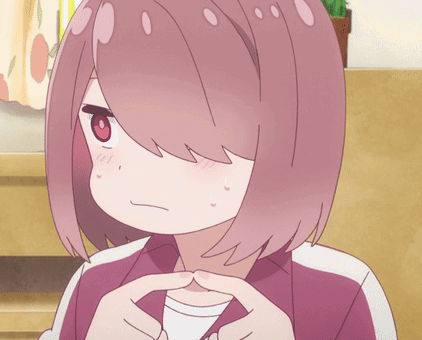
She doesn't answer him.
Is he your husband?
No, my pet is my husband.
Look, he says, lots of men tried to marry you, but you said no which made them have feelings and that's why they did what they did. I'm here to marry you and take you back to town.
Well ok then, I'll marry you.
I imagine this being said in the small sad voice of women everywhere forced into marriages they don't want because bog witch is so rarely a viable option.
They worry a little about how her dog will react but she figures it will be ok even though when the dogs do come home that night the story says they're a little afraid of this guy. My friends. Always listen to the dogs. They have great judgement. In the morning the couple heads home. He winds up way ahead of her, an odd theme in this story but it just reinforces my sense of her reluctance. I get that Moowas was trying to get away, but this guy came to get her so why didn't he stay with her when she hung back? Anyway, when he hears her yelling he races back only to find that the dogs had killed her. Ok, so maybe they don't always have great judgement.

Neither Ningewance nor Schoolcraft include the bit about the dogs. In their stories she follows Moowas out into the woods, finding the discarded items of clothing as he disintegrates and realizes what happened. Schoolcraft ends with her crying that Moowas had led her astray, Ningewance marries her off.
My least favourite part of this story, or perhaps it is my least favourite way of reading the story because it isn't necessarily clear in the story itself, is that her refusal to marry is framed as vanity or ego: she's too good for local boys so they're going to pay her back and she deserved it. She made them feel shame so they're going to shame her. There is also the suggestion of sexual refusal in Schoolcraft's version. One of her prospective suitors "laid down beside her" and she scratched his face, so he was ashamed to be seen. Creating this man from the village dirt, clearly a euphemism, was revenge. Schoolcraft doesn't explicitly blame the girl, but calling her a coquette in the title does set that reading up. I don't blame her for that, as a writer I know that titles and headlines are rarely something within my control. In Ningewance's version she rebuffs all the suitors and then falls in love with her own poop because it's beautiful with so many different colours which is not only weird but possibly a reason to go to the doctor. In her story it's not so much rejected suitors teaching her a lesson as the universe itself having a go at her.
Jane Johnston Schoolcraft (1800-1842) was the Ojibwe wife of Henry Schoolcraft, a general smarty-pants in the US who studied Native American cultures including an expedition along the Mississippi River. He was also an Indian Agent in Michigan which is where he met and married Jane Johnston whose father was a Scot-Irish fur trader and whose mother was Ojibwe. She was a bit of a smarty-pants herself, being literate in a world where women rarely were.
Her Ojibwe name is Bamewawagezhikaquay, which means "woman of the sound that the stars make rushing through the sky" and is where the title of that book comes from. I love everything about that name by the way. A few years ago we were camping with our adult sons, and when I woke up around 1230 Sam wasn't in the camper so I texted him and he said he was in the playground watching the stars. I pulled on some clothes and went out to meet him. For about half an hour we were alone in the universe, the skies rotating around us as we lay on a picnic table watching stars, meteorites, and the light glinting off planets, remembering that we are also celestial beings rushing through the sky.
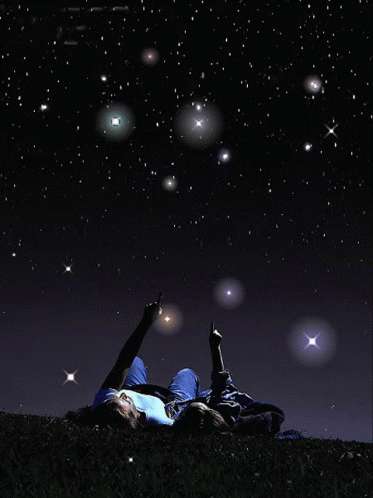
Bamewawagezhikaquay wrote poetry and documented Ojibwe stories. I'll be including her versions in future blogs because I don't know why I didn't think to before this. Her writing is from the beginning of the "Ojibwe people writing stuff down" era. Oral cultures start writing stuff down when they worry that there won't be any elders to tell these stories anymore, and a lot of what does get written down is documented by people, like Henry Schoolcraft and Dorothy Reid, who have their own ideas about our stories and their place in the world. This is also the period of the vanishing Indian, ushered in by James Fennimore Cooper's 1757 Last of the Mohicans which tells the story of how native people made USians the new natives and their spiritual heirs while they disappeared into the fog or something.
In the Great American Indian novel, when it is finally written,
all of the white people will be Indians and all of the Indians will be ghosts.
Sherman Alexie, “How to Write the Great American Indian Novel” from The Summer of Black Widows.
All of this makes me think of the wonderful novel, Waterlily, by Ella Cara Deloria which was written in the early 1940's but not actually published until 1988 when she'd already been gone for 18 years. It is a Lakota story about Lakota kinship and life in the late 1800s. Like the movie Prey, set in a Comanche community almost 200 years earlier, we've got Indigenous peoples living on the edge of settler worlds. They're still largely autonomous, living according to their own values and norms but aware of settler society and finding it a little weird tbh. This borderland is also where Schoolcraft, Jones, and Ningewance are writing from over the nearly 200 years that separate these versions.
Mean Spirit by Linda Hogan does this as well, though a little differently because many of the Osage in her story of the Osage murders were living in town. She includes Osage people who had chosen to stay on the edges of the encroaching and voracious white society. Near the end of the story many Osage who lived in town return to this hill people to participate in ceremony if not move back altogether. I like these reminders that despite the Mayflower landing in 1642 and the colonization that followed, many native peoples continued living their own lives in their own way for a very long time. We are not vanishing and our history is not that far away.
These stories, including Moowas, address marriage and autonomy in various ways. For Waterlily it is in the context of Lakota kinship expectations. Waterlily marries twice and although her first husband was not her first choice she does consent after weighing the circumstances. In Mean Spirit marriage is a vehicle for exploitation, Osage wives being a shrewd business investment for white easterners looking to get rich, and in Prey Naru stands alone, achieving the status of war chief after saving her people. Without spoiling it too much in case you haven't seen it, Naru had been training as a healer before embarking on her true passion of being a great hunter and it was that training that allowed her to identify and then defeat the Predator. You knew she was going to win, otherwise what's the point of the movie.
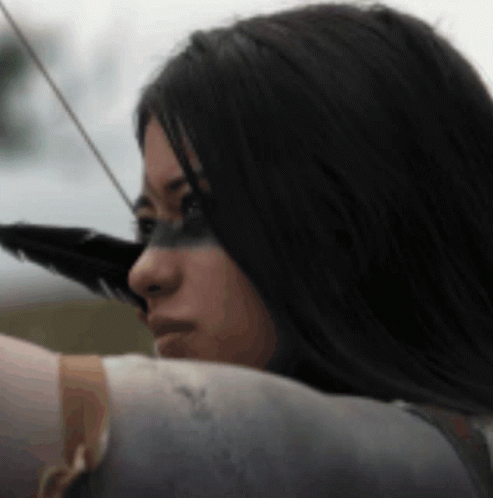
I don't think we need to read Moowas as a story of ego and comeuppance because that isn't part of our stories, women had agency and options beyond the forced choice of wearing the red calico or the blue. Gloria Anzaldúa writes against this when she discusses La Llorona, La Malinche, and Our Lady of Guadelupe as autonomous women within Indigenous cultures who got rewritten by Spanish machismo and had their agency stripped from them. Who benefits from keeping women under control anyway? Men. Men who need to be very sure who the father of their children is and why would that matter in a society without wealth and social standing to be inherited correctly?
I suppose you could argue that these are all modern stories and that Moowas predates them, but Deloria and Hogan wrote from within their respective societies, with Deloria having done decades of ethnographic research before writing. Prey included Jhane Myers, who is Comanche and Blackfeet, as well as others, all of whom were invested in telling this story on their terms rather than Hollywood's. There is also good archeological evidence that women were hunters as well, not just stay at home farmers like we've been told. It isn't just Gloria Anzaldúa and Leanne Betasamosake Simpson revisiting and reclaiming these stories about Indigenous womanhood, cleaning the colonial shit off them.
Is shaming part of Indigenous societies? Sure. But shaming only works positively within a society where individual and collective good is also a priority. It is a collective behaviour that operates instead of punishment to reinforce community values, so I'm not completely on board with throwing that possibility out either but in our current society shaming doesn't work that way. If we read Moowas as a reasonable retaliation for the girl's vanity, then Dung Man comes across as more of a punishment than a collective shaming and our unwillingness to punish caused settlers no end of consternation. There is also the matter of Schoolcraft including the possible sexual encounter that was met with scratching, definitely not something the Anishinaabe would have punished or shamed the woman for. Another thing that caused no end of consternation for missionaries coming to our communities was our casual attitude towards marriage and sex, so you can't convince me the notion that women were expected to marry and stay married came from us.
The men in this story were entitled jerks who showed little to no respect to our unnamed heroine. She said no, and instead of taking no for an answer they set about to show her who was in control. If people don't treat you right, if they seek to shame you for standing up for yourself, then you go ahead and leave them behind. Your friends will come with you, and anyone who doesn't is full of shit anyway.
Love in a F*cked up World: How to Build Relationships, Hook Up, and Raise Hell Together by Dean Spade. I love Dean Spade and have his book Mutual Aid within arms reach at my desk. He was on Movement Memos to talk about this book and it's perfect for our moment because movements are basically made of relationships, and our society has not taught us how to have healthy ones. From infancy to elementary school to church and elsewhere we're all taught to follow authoritarian leadership along the One True Path or be discarded. That's why the Right stays so organized and we devolve into infighting: they'll follow their leader right off a cliff while we're arguing over who has the better cliff avoidance strategy. He offers practical observations and constructive strategies for dealing with our own feelings in the context of all of our relationships, romantic and otherwise.
As We Have Always Done: Indigenous Freedom Through Radical Resistance by Leanne Betasamosake Simpson contains a chapter on Kwe that so profoundly impacted me I named my Deer Woman character in Bad Indians Book Club after her. Kwe, she says, is resurgent method, a way of thinking with and understanding the world. Kwe is not colonial binary nor is she essentialized into a particular thing. She is expansive rather than reductive. I'm deeply curious how Simpson's Kwe would have responded to discovering what the men had done to mock and shame her.
Borderlands/La Frontera: The New Mestiza by Gloria Anzaldúa rocked my world in the best possible ways. She writes in English as well as six variations of Spanish to situate us within the language barriers she experienced as a Chicana child growing up in the borderlands of Texas and Mexico. The Spanish is not translated, deal with it. I particularly loved Chapter 3 where she writes about the three mothers, La Llorona, La Malinche, and Our Lady of Guadalupe, reclaiming them from the Spanish patriarchy that both idolizes and demonizes women.
Undrowned: Black Feminist Lessons from Marine Mammals by Alexis Pauline Gumbs is a lovely book that reflects on marine mammals as teachers who show us how to live in a good way, help us ask better questions, how to listen. It's poetic and fierce with a beautiful meditative quality. These animals don't exist as object lessons or in isolation. Gumbs treats these creatures as relatives, with a deep respect.

If you're as excited about Bad Indians Book Club being released as I am and would like to be part of the release crew you can sign up here.

And don't forget to join up with the Nii'kinaaganaa Foundation. Every month we collect funds from people living on Indigenous land and redistribute them to Indigenous people and organzers. You can find out more information on the website which is now powered by ghost, which means that you can become a subscriber there just like you are here!
